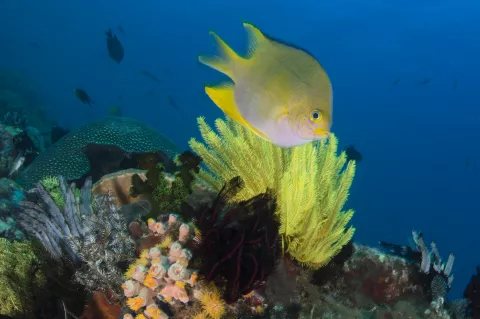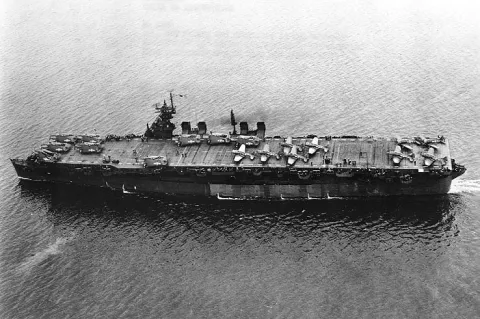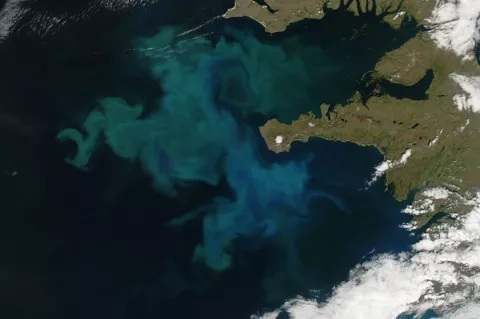Touching corals punishable by law in the Philippines
PENRO chief Charlies Fabre has issued a warning to visiting scuba divers after at least two photos had been posted on Facebook by an environmentalist who frequented Apo Island showing a diver using a poker and touching corals. It turned out that this was a somewhat common practice among some scuba divers.
Fabre said he would ask the Protected Area Superintendent Efren Rombawa, who is also the chief of the Community Environment and Natural Resources Office on Apo Island, to look into the matter.




